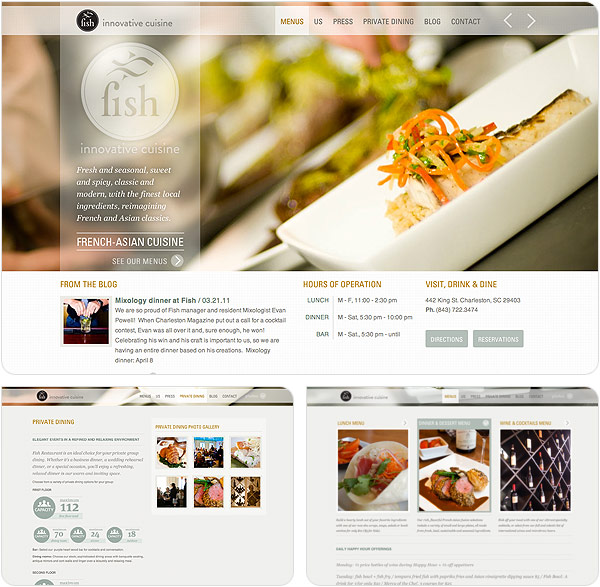
There are times where it can be embarrassing to be a designer. People in the industry that think they know something can make the lot of the good designers look really bad. This is one of those times. Why? Well, I came across an article today on Fast Company. It’s about a “designer,” Dustin Curtis and his reaction to the current website for American Airlines.
He gives three (exceptionally arrogant) suggestions:
-
Treat this as a serious emergency across your entire company. Your shortfalls in customer experience do not stop at the website. Your company is losing money every day because customers hate the way you treat them. And it appears that you are doing nothing to fix this.
-
Fire your entire design team, if you have one. Hire an outside design firm … as quickly as possible. Your in-house team is obviously incapable of building a good experience. Get outside help.
-
Follow the lead of new, young, and innovative airlines like JetBlue and Virgin America. They know how to harness repeat business through excellent customer experience.
For No. 1, I think he tends to forget what industry he’s complaining at. This is the airline industry. Overall, the airline industry is stuck with what they have. Costs are going up and income is going down. Arguments like “Your company is losing money every day because customers hate the way you treat them. And it appears that you are doing nothing to fix this.” is a sad outlook at the way the world works. Mr. Curtis thinks that customer service is only a one way street. I’m sure consumers don’t treat the airlines any better. Not that that is an excuse, but trying to make like these big companies aren’t doing anything to make customer experiences better is silly at best and downright ignorant at worst. And then there’s a little thing called “competition”. Companies lose money everyday because there are others out there that do the same things for cheaper.
2. Fire your entire design team and hire who? Someone like Mr. Curtis here who apparently doesn’t know how the business side of the design world works? The arrogance of someone like Mr. Curtis is EXACTLY one big reason why “normal” people hate “designers”. (Heck, people like Mr. Curtis make real designers hate “designers”.) As a design professional, I’m appalled and disappointed at people who throw around idiotic blabber like this and then go around claiming that they’re a “designer”. That kind of talk is the kind of garbage that you hear from all these new, trendy “designers” that claim to have gone to “design school” and have all the answers.
And #3, well, I think we’re missing how the airline industry works today. Back in the 60s, or 70s, heck, even the 80s, people were loyal to one airline. In my day, United was my airline of choice. Today? There IS no loyalty cause it’s all about getting the cheapest flight available. That’s why places like Orbitz, Priceline and Travelocity came into being. It’s not about sticking with who you’re loyal to. It’s how much can I get for as little as possible. Today, we take whatever flight from whatever company is the cheapest and throw loyalty out the window. JetBlue and Virgin, while nice, aren’t anything that you can compare to the BIG airlines. Once JetBlue and Virgin get to the same size as United, American and the like, their ” excellent customer experience” will turn the same direction. It’s just the nature of the corporate world. Hate to burst your bubble there, Mr, Curtis.
Ultimately, what poor Mr. Curtis doesn’t seem to understand is that there are some lines between design and functionality. Sure, the world would be an excellent place if all design was pretty and everything everywhere looked as good as designers wanted them to. But that’s not the world we live in. In the case of American Airlines, I understand where they’re coming from. Having done webwork for both the “mom and pop” shop and the big, corporate giants, I know EXACTLY how AA.com came into being. In the big, corporate world, things like websites are designed by committee. You have different departments within a big company that have their piece of the website and that’s all they really care about. When you take 100 of these different little pieces and have to smash them all together, that’s where “pretty” design gets thrown out the window. You have to make sacrifices to please all the parts of the committee. And sacrifices rarely lead to “pretty” design, especially on the web.
The truly tragic thing here is how this was all presented. Yes, there’s horrible design out there. There’s plenty of it out there. I’ve dealt with it for almost 20 years. But there’s a way to tell someone that their website sucks. Mr. Curtis’ method is exactly how NOT to tell someone.
But all this is probably currently beyond his grasp. Someday, hopefully Mr. Curtis will learn all this.
Probably when someone pops his art school, trendy designer bubble and he realizes that he’s in the real world, not some ideal design world that he’s apparently living in right now.





